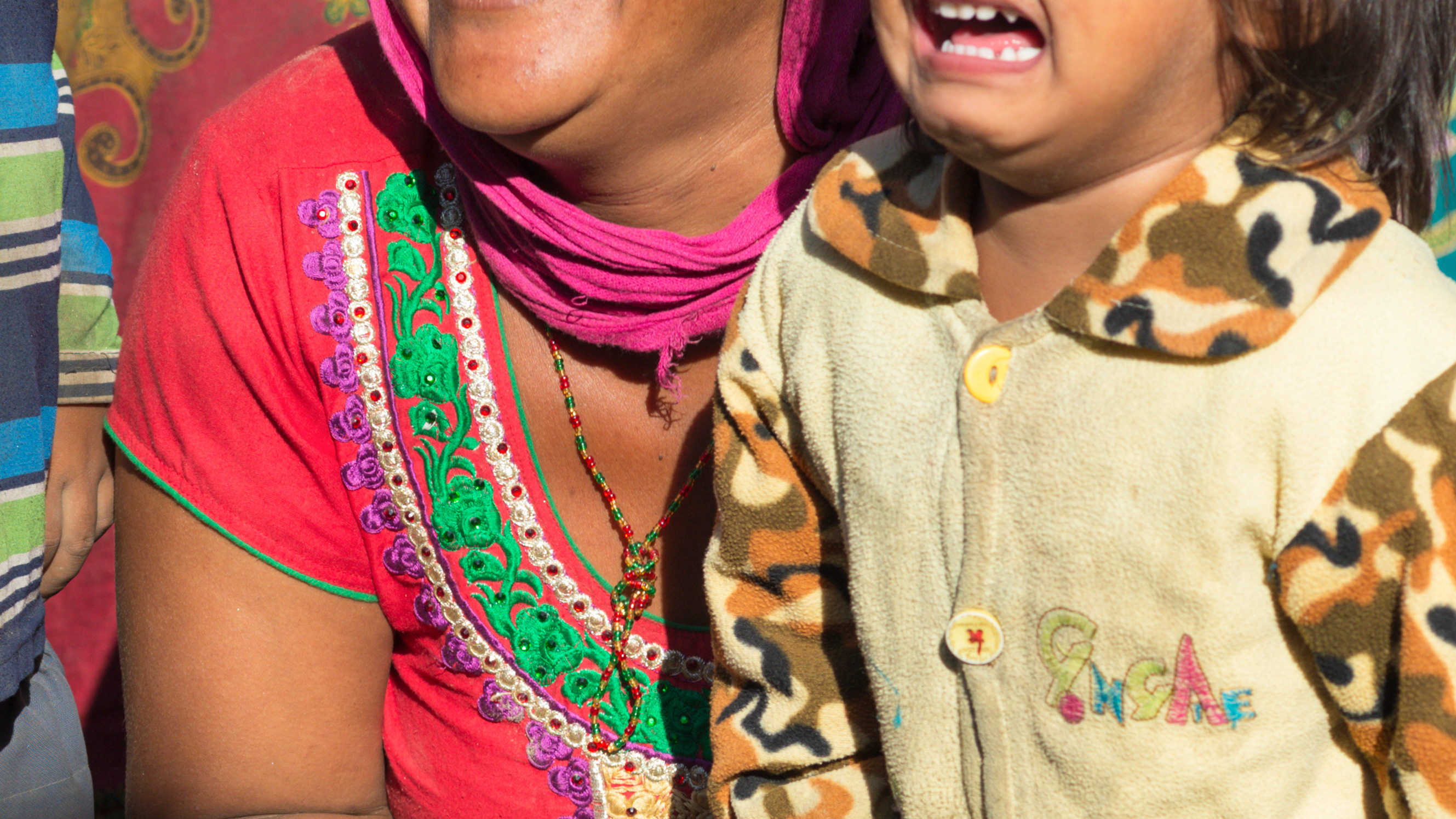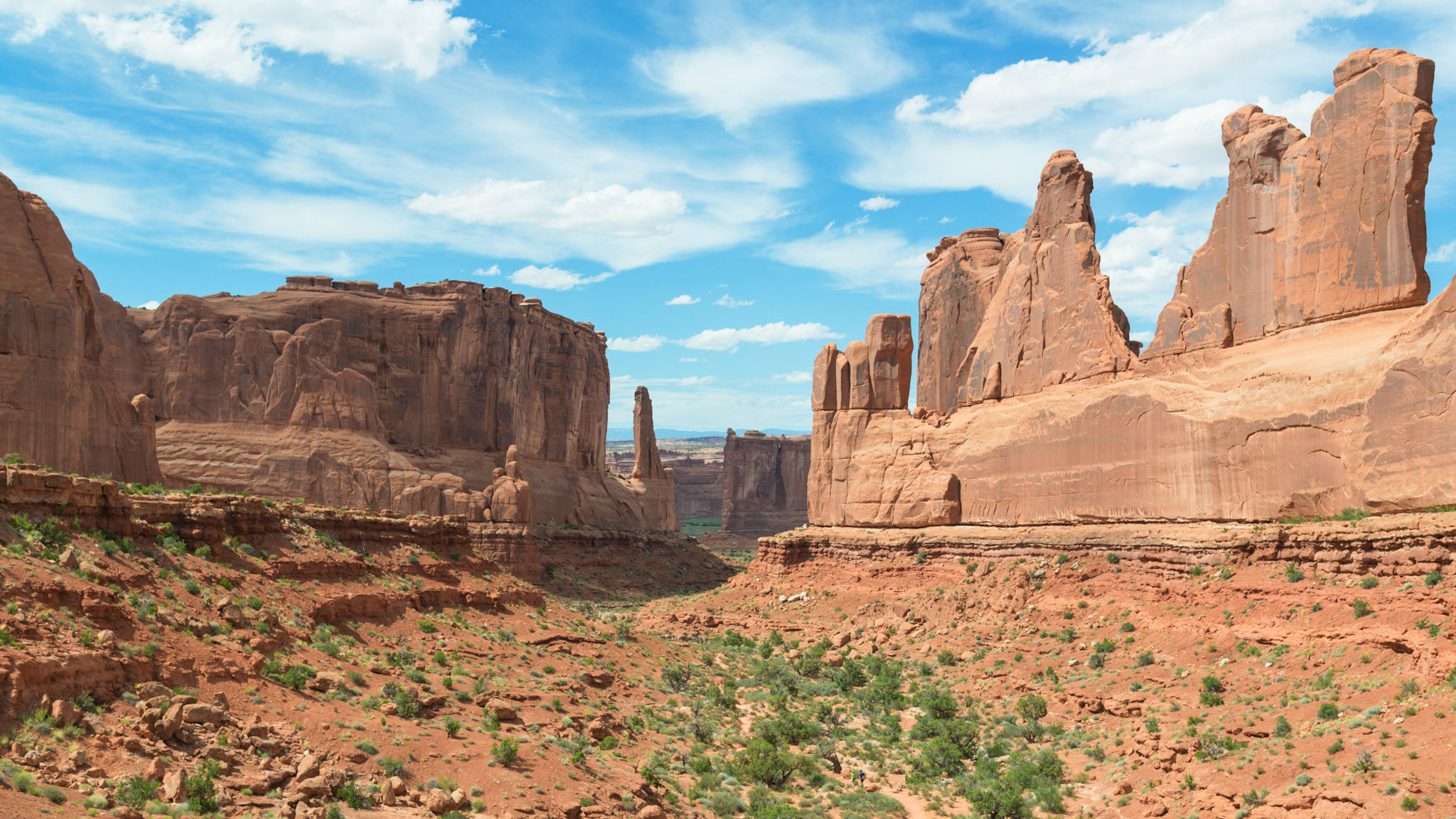Shigatse, also known as Xigazê, is a historic city and one of the most significant cultural and administrative centers in Tibet. It is located in the Tibet Autonomous Region of China and is situated at an elevation of approximately 3,800 meters (12,467 feet) above sea level. As of my last update in September 2021, it is essential to verify if there have been any changes or developments in the region since then.
Shigatse holds a vital place in Tibetan Buddhism as it is home to the magnificent Tashilhunpo Monastery, one of the largest and most important monastic institutions in Tibet. This 15th-century monastery was the traditional seat of the Panchen Lama, the second-highest spiritual leader in Tibetan Buddhism after the Dalai Lama.
The city also serves as the administrative capital of the Shigatse Prefecture, encompassing a vast area of Tibet. Surrounded by stunning landscapes, including majestic mountains and serene valleys, Shigatse offers a glimpse into the rich Tibetan culture, tradition, and history.
Due to its geographical location, Shigatse is an important hub for trade and transportation in the region. Travelers often visit this city as a gateway to explore Mount Everest (Qomolangma), the world's highest peak, which lies to the south of Shigatse and attracts numerous mountaineers and adventurers.
Shigatse remains a significant destination for pilgrims, tourists, and those seeking a unique spiritual experience immersed in the beauty of the Tibetan plateau. However, considering the geopolitical situation and travel restrictions, it is essential to check the latest information and regulations before planning a visit.
Photography: Walter Somers
in collaboration with High Asia Tours









